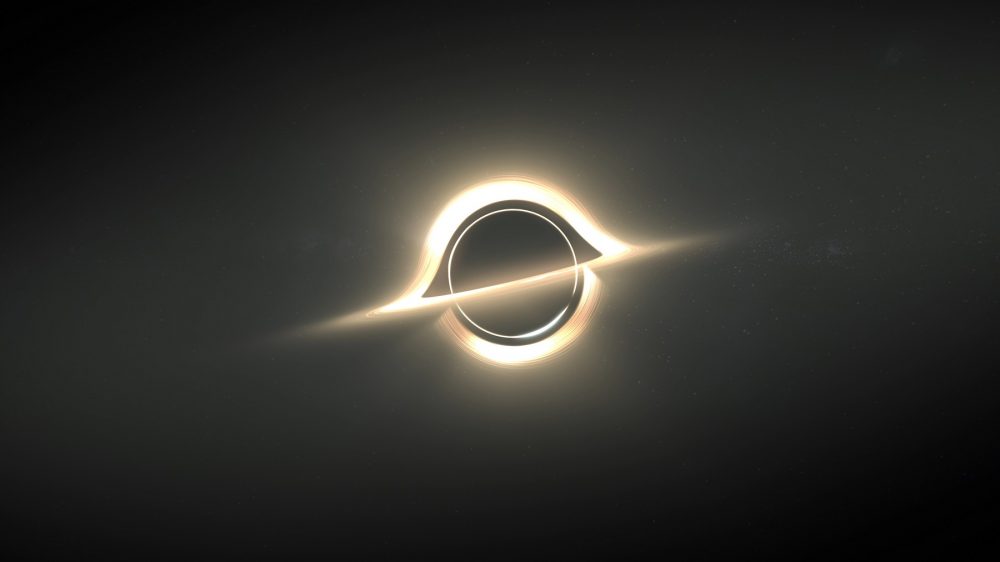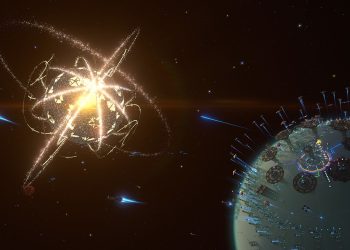The James Webb Space Telescope (JWST), fully operational since the summer of 2022 after completing its commissioning phase, has already transformed our understanding of the universe. By offering an unprecedented view of deep space, it has revealed just how vast—and mysterious—our cosmos truly is. As humanity gazes billions of years into the past with this extraordinary tool, the discoveries also remind us of how little we know about the regions closer to home. While the JWST explores distant galaxies, some astronomers are focused on uncovering secrets within our own Solar System, particularly a potential second Kuiper Belt beyond Neptune. If confirmed, this discovery could fundamentally reshape our understanding of the outer boundaries of the Sun’s influence.
What Is the Kuiper Belt?
First theorized by Dutch-American astronomer Gerard Kuiper in the 1950s and later confirmed in 1992, the Kuiper Belt is a distant region filled with icy bodies and remnants from the early Solar System. Pluto and other dwarf planets reside there, along with countless smaller objects. This belt spans from about 35 to 55 astronomical units (AU) from the Sun (one AU being the distance between Earth and the Sun). It represents one of the last explored frontiers of our Solar System.
However, new research suggests there could be even more to this far-flung region. Astronomers now propose the existence of a second belt of objects, extending beyond the known Kuiper Belt. If true, this second belt could offer new insights into how planetary systems form and evolve.
Evidence for a Second Kuiper Belt
Leading this discovery, astronomer Wes Fraser from the National Research Council of Canada points out that previous observations of the Kuiper Belt may have been incomplete due to an observational bias. “Our Solar System’s Kuiper Belt appeared small compared to those of other planetary systems, but this might simply be due to the way we’ve been observing it,” Fraser explained. If these recent findings are confirmed, our Solar System’s outer edges may be far more extensive than we once thought.
This new evidence was gathered by combining data from two major sources: the New Horizons probe, which famously explored Pluto in 2015, and the Subaru Telescope, located on Mauna Kea in Hawaii. Over four years, the Subaru’s Hyper Suprime-Cam detected 239 Kuiper Belt Objects (KBOs), with 11 of them appearing to reside in a new, more distant region of space—between 70 and 90 AU from the Sun. These objects are significantly farther than the original Kuiper Belt, hinting at the existence of a second, outer belt.
The 11 newly discovered objects are not classified within the original Kuiper Belt due to a noticeable gap between the regions. The current Kuiper Belt stretches up to around 55 AU, while these new objects are positioned much farther out. Between 55 and 70 AU, there seems to be a relatively empty space, which leads researchers to believe that these far-flung KBOs may belong to a separate belt altogether.
What Does This Mean for Our Understanding of the Solar System?
Fumi Yoshida from the Chiba Institute of Technology, a co-author of the study, described the potential discovery as a game-changer. If confirmed, it could redefine how we view the structure of our Solar System and provide a new avenue for understanding how such systems develop around other stars.
This research is just the beginning. Scientists are continuing to track these distant objects, and future space missions, like the Legacy Survey of Space and Time (LSST) at the Vera C. Rubin Observatory, are expected to reveal even more about the outer Solar System. The LSST, in particular, is set to search for additional unknown KBOs, offering further opportunities to expand our knowledge.
As JWST explores the distant universe, uncovering secrets from billions of years ago, it is remarkable that new discoveries are also happening within our own Solar System. The revelation of a potential second Kuiper Belt is a reminder that, while we may think we understand the solar neighborhood, there is still so much to explore. Our cosmic backyard, like the farthest reaches of the universe, holds mysteries that continue to unfold with every new discovery.
Could this second Kuiper Belt provide the missing clues to understanding planetary formation? As researchers dive deeper into the outer reaches of the Solar System, it’s clear that the more we learn, the more we realize how much is left to discover. Keep following these developments, as they will undoubtedly reshape how we perceive our place in the cosmos











